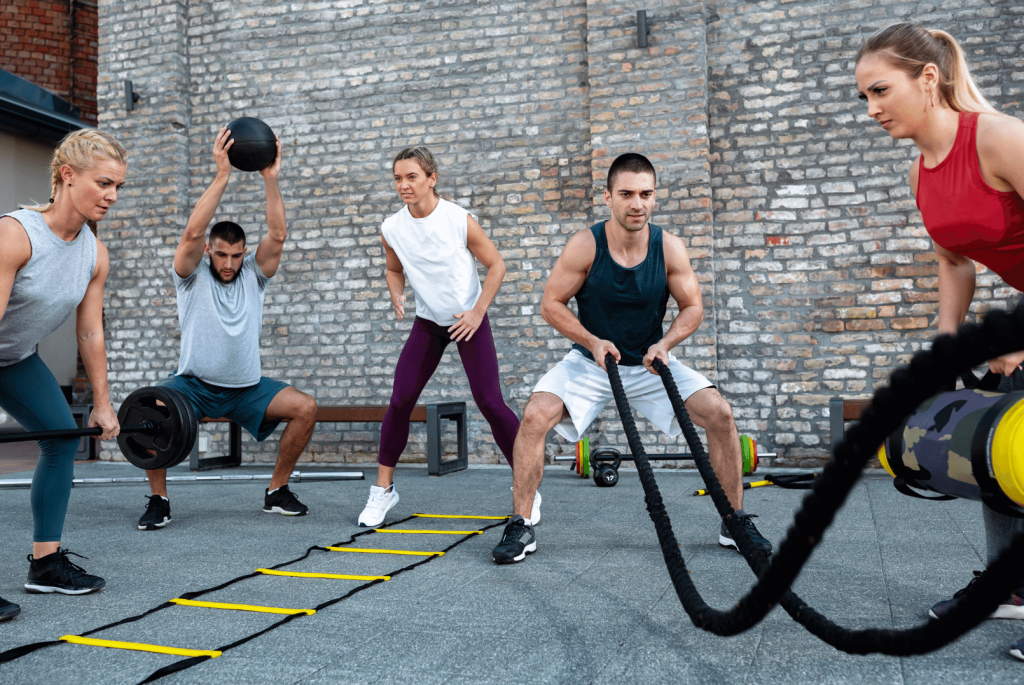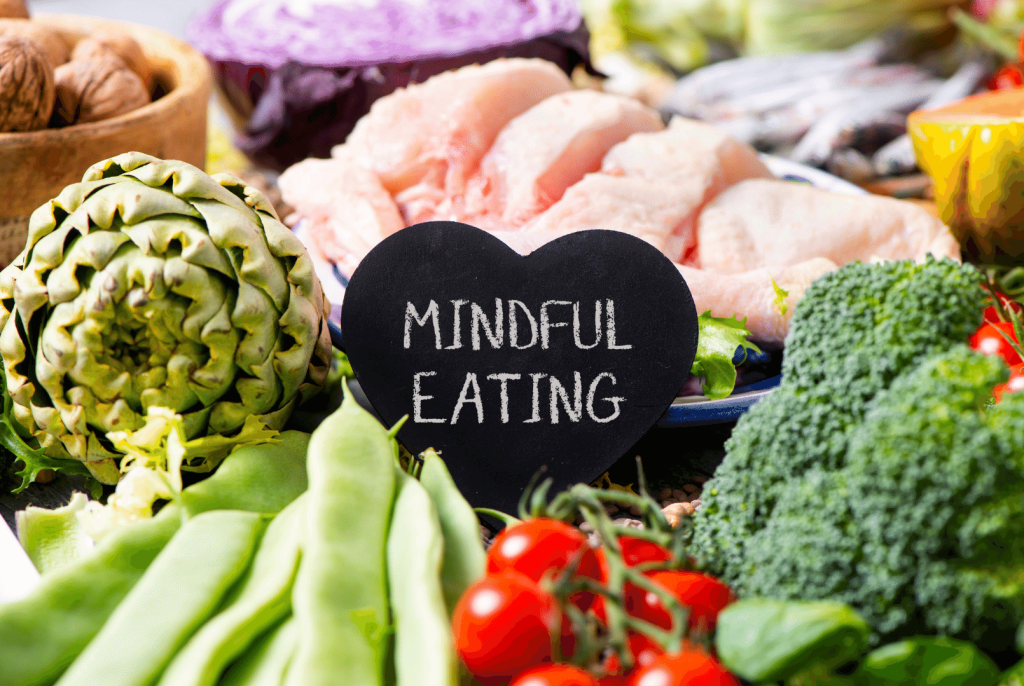
Anti-Aging Lifestyle Factors In The Blue Zones


Anti-Aging Lifestyle Factors In The Blue Zones
In the previous article, Part 1, we covered nutritional factors that contribute to extreme longevity in the Blue Zones. In this article, Part 2, we’ll cover lifestyle factors that extend these people’s lifespan and healthspan.
1) Community

Having supportive social relationships is fundamental to longevity. People living in Blue Zones spend a lot of time maintaining relationships with their family members, and children keep their aging parents nearby.
They are also more likely to be a part of a faith-based community who regularly attend services together and spend time with like-minded people. Spending time with your “tribe” who also follow healthy behaviors can help hold you accountable.
A meta-analysis covering 60 years of data explored the relationship between social support and longevity. Researchers found consistent evidence demonstrating the positive association between social support and longevity.
The evidence also pointed to three neurobiology pathways linking social support to longevity:
- The autonomic nervous system: includes the parasympathetic and sympathetic nervous systems in charge of regulating involuntary processes such as your heart rate, blood pressure, breathing, digestion, and sexual arousal.
- The neuroendocrine system: makes and releases hormones into your blood to control growth, sleep, hunger, reproduction, and metabolism
- The immune system: defends your body against infection while protecting your cells.
These systems respond to environmental and social cues by activating or inhibiting defensive responses. Your body responds to threatening social cues by increasing cardiovascular activity along with cortisol and inflammation in an attempt to protect you. A sustained inflammatory response can increase the risk of disease and mortality.
However, feeling like you are part of a community can give you more safety social cues, as we’re social animals. These cues promote homeostasis in your body and regulation of your stress response and inflammation.
Positive social interactions can also increase oxytocin production, known as the “love hormone,” which has many anti-aging benefits, including:
- Anti-inflammatory activity in your brain
- Antioxidant
- Neuroprotective
- Promotes social bonding and attachment, including sexual intimacy
- Slowing down telomere shortening. Telomeres are end-caps of your chromosomes that get shorter as you age, reducing your cells’ ability to divide and regenerate. Short telomeres are also associated with age-related diseases.
If you have a community in place and feel like you have the social support you need, that’s great! Keep it up. If you feel like that area may be lacking, here are some ways to help build social connection:
- Devote extra time to developing the connections you already have. Commit to making regular contact to build connectedness.
- Join a social group that shares the same interests or values as you do.
- Ask for help if you need it, and be sure to support others as well.
- Focus on high-quality connection. Be responsive, supportive, and grateful. Make sure that it’s not a one-way relationship. Try to address conflicts when they arise rather than allowing them to erode your relationship.
- Address any barriers preventing you from connecting with others. Stay healthy. Use technology in a positive way rather than as a distraction. Dedicate time to social interaction rather than allowing a busy schedule to take precedence.
The emphasis on community in Blue Zones serves as a reminder of the importance of social connections for overall well-being. Cultivating strong relationships and creating a sense of community in our lives can positively impact our health, happiness, and longevity.
2) Physical Activity

Centenarians living in one of the Blue Zones fill their days with physical activity. We’re not talking about going to the gym a few times throughout the week but maintaining a lifestyle that embraces physical movement as an integral part of daily routines.
A review of the physical activity of Blue Zone residents determined five prevalent modes of activity:
- Agricultural activities: such as gardening, farming, shepherding
- In-home activities: like housekeeping and weaving
- Outdoor hobbies: including sports, horseback riding, hiking, and dancing
- Walking: like hiking in the mountains
- Labor jobs: such as sailors, fishermen, tradespeople, and coal miners
With Okinawa as the exception, most Blue Zones primarily engaged in moderate and high-intensity physical activity throughout the day. They spend very little of their day resting throughout the day. In Ikaria, Greece, men spend only one and a half to two hours resting, while women spend between one and four hours.
There is extensive research surrounding the health and longevity benefits of physical activity. A literature review on physical exercise as anti-aging therapy identified the numerous benefits:
- Reduces cardiovascular risk
- Decreases your risk of developing obesity
- May reduce the risk of breast and colon cancer
- Tones and preserves muscles and increases muscle mass
- Strengthens bones and joints
- Increases coordination and neuro-motor response which reduces fall risk
- Strengthens your immune system
- Boosts your mood
- Promotes overall well-being
Exercise also supports healthy blood sugar control and promotes autophagy. And just like caloric restriction, physical movement can activate those longevity pathways we already discussed.
To support longevity, the idea is to move away from just scheduling physical activity and instead incorporate it as part of your lifestyle. Here are some tips to help you get started:
- Take the stairs instead of the elevator
- Mow the lawn
- Take up gardening
- Carry your groceries
- Do household chores that involve movement
- If it’s too cold outside, go walk in a mall
- Park farther away from your destination and walk
- Find an exercise buddy to help keep it fun and hold each other accountable
- Try dancing
- Keep track of your daily activity and improve on it
Adapt your activities to your abilities. If you have specific health concerns, work with your healthcare provider or trainer for safe and practical activities.
Don’t stress if you get sick and have to limit your activity temporarily. Start slowly once you recover and work back up to a more continuously active lifestyle.
3) Mindful Eating

We’ve talked about how much you should eat. Now let’s talk about how you should eat. To follow the idea of “hara hachi bu” and maintain a caloric deficit, you need to be able to determine when you are about 80% full. Eating quickly makes this problematic. You’ve got to give your hormones time to catch up and signal to your brain that you’ve eaten enough.
Okinawans practice mindful eating to stop eating when they are 80% full. Eating this way can help you develop an awareness of both physical and psychological hunger and satiation (fullness) cues. Here’s how you can practice mindful eating:
- Pause and show appreciation for your meal: Where it came from, who prepared it, and the company you are with
- Take small portions: This helps prevent you from overeating and wasting food.
- Use all of your senses: Note the color and texture of your food and the sounds around you while eating. All of this will help you be fully present in the moment.
- Eat slowly: This makes it easier for you to recognize when you’re 80% full or feeling satisfied. Try taking deep breaths or putting your fork down between each bite, and make sure to chew your food thoroughly.
- Take small bites: This will help slow down your meal and allow you to take in all the flavors.
- Try not to skip meals (unless you practice intermittent fasting): Showing up to a meal hungry can make it harder for you to slow down and enjoy your food.
When it comes to craving particular foods or thinking of food outside of when sitting down for a meal, the practice of mindful eating suggests you take a non-judgmental stance.
Notice whether you want a particular food based on your mood. Observe your cravings rather than trying to control them. These strategies can help you determine whether or not you are hungry. And if you’re not hungry, don’t eat.
We also believe eating in a relaxed, rest-and-digest state is also essential for your digestive system to perform its best job. This allows your body to best digest, absorb, and use the nutrients from your meals.
So, slow down. Take in your surroundings and the intricate flavors of your food. And pay close attention to your body’s cues. In this way, you can become a more intuitive eater and give your body exactly what it needs while withholding foods it doesn’t.
4) Life Purpose

Another critical aspect that emerges from the research on Blue Zones is the significant role of life purpose in promoting longevity.
The idea of life purpose was first written about by Viennese psychologist Viktor Frankl in 1959. He recounted his experiences as a prisoner in concentration camps during Holocaust. He noticed that prisoners with a sense of purpose were more resilient to their horrific conditions.
Psychologists define purpose as “a stable and generalized intention to accomplish something that is at once personally meaningful and at the same time leads to productive engagement with some aspect of the world beyond the self.”
Let’s break down the definition a bit:
- A life purpose includes a goal. Life purpose is a long-term aim that guides your actions. It goes beyond short-term goals, providing direction to your life. Not all goals represent your life purpose, and only those that hold deep significance and align with your values genuinely embody it.
- A purpose must be personally meaningful. While external factors can help nurture your purpose, the motivation to actively pursue it comes from within. You invest your time, energy, and resources in progressing toward your purpose because it holds deep significance to you.
- A purpose should be inspired by wanting to make a difference in the world. It involves contributing to the well-being of others and the broader world. Pursuing wealth and fame alone does not represent a true purpose. However, supporting your family and finding other ways to contribute to the world can give you a meaningful sense of purpose.
Psychological benefits
In a review of research exploring the psychology of purpose, researchers determined that purpose was central to psychological well-being. Individuals with a life purpose felt better about themselves and their lives.
If you’re not sure of your life purpose, it’s okay. Take a moment to pay attention to what you care about. Let it evolve naturally, and avoid putting pressure on yourself to figure it out.
Physical benefits
A sense of purpose is not only associated with a fulfilling life but also with good health. Research conducted on older women revealed that those who reported having a sense of purpose exhibited several positive health outcomes. They had lower cortisol, cholesterol levels, and inflammatory responses.
Moreover, another study discovered that adults with a sense of purpose were less likely to have a cognitive impairment diagnosis.
These findings highlight the significant connection between having a sense of purpose and overall well-being. Please note that these studies show correlations, meaning relationships between purpose and health. Some seniors do, however, experience rapid mental and physical decline after retirement, so it’s important to find new life purposes to keep you going.
Numerous other factors, such as eating a caloric deficit, staying physically active, or genetics, could also be at play.
Takeaway
Assessing whether you are in your Blue Zone, a state of optimal health and longevity, requires introspection and an honest evaluation of your lifestyle choices. Ask yourself about your:
- Eating habits
- Physical activity
- Social connections
- Sense of purpose
If you feel like you can do better – and I believe we can all do better – take proactive steps to initiate positive changes in your life.
References
- Roundtable on Population Health Improvement, Board on Population Health and Public Health Practice, Institute of Medicine. Lessons from the Blue Zones®. National Academies Press; 2015.
- Vila J. Social support and longevity: Meta-analysis-based evidence and psychobiological mechanisms. Front Psychol. 2021;12:717164. doi:10.3389/fpsyg.2021.717164
- Benameur T, Panaro MA, Porro C. The antiaging role of oxytocin. Neural Regen Res. 2021;16(12):2413-2414. doi:10.4103/1673-5374.313030
- CDC. Ways to improve social connectedness. Centers for Disease Control and Prevention. Published April 17, 2023. Accessed May 27, 2023. https://www.cdc.gov/emotional-wellbeing/social-connectedness/ways-to-improve.htm
- Herbert C, House M, Dietzman R, Climstein M, Furness J, Kemp-Smith K. Blue zones: Centenarian modes of physical activity: A scoping review. J Popul Ageing.
- Castillo-Garzón MJ, Ruiz JR, Ortega FB, Gutiérrez A. Anti-aging therapy through fitness enhancement. Clin Interv Aging. 2006;1(3):213-220. doi:10.2147/ciia.2006.1.3.213
- Bareja A, Lee DE, White JP. Maximizing longevity and healthspan: Multiple approaches all converging on autophagy. Front Cell Dev Biol. 2019;7:183. doi:10.3389/fcell.2019.00183
- Warren JM, Smith N, Ashwell M. A structured literature review on the role of mindfulness, mindful eating and intuitive eating in changing eating behaviours: effectiveness and associated potential mechanisms. Nutr Res Rev. 2017;30(2):272-283. doi:10.1017/s0954422417000154
- Cherpak CE. Mindful Eating: A Review Of How The Stress-Digestion-Mindfulness Triad May Modulate And Improve Gastrointestinal And Digestive Function. Integrative medicine (Encinitas, Calif). 2019;18(4):48-53.
- Tapper K. Mindful eating: what we know so far. Nutr Bull. 2022;47(2):168-185. doi:10.1111/nbu.12559
- Created by the members of the Adolescent Moral Development Lab at Claremont. The psychology of purpose. Templeton.org. Accessed May 27, 2023. httpass://www.templeton.org/wp-content/uploads/2020/02/Psychology-of-Purpose.pdf






